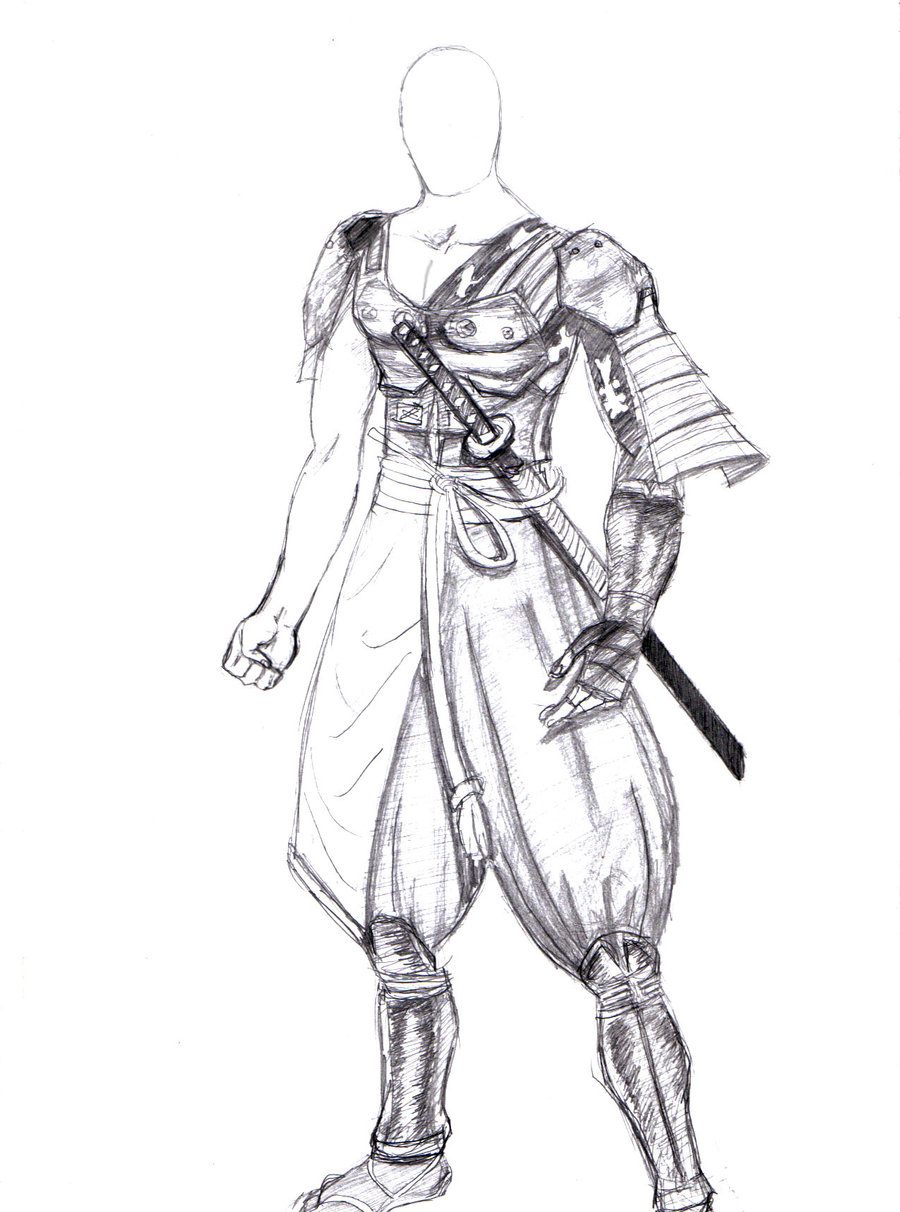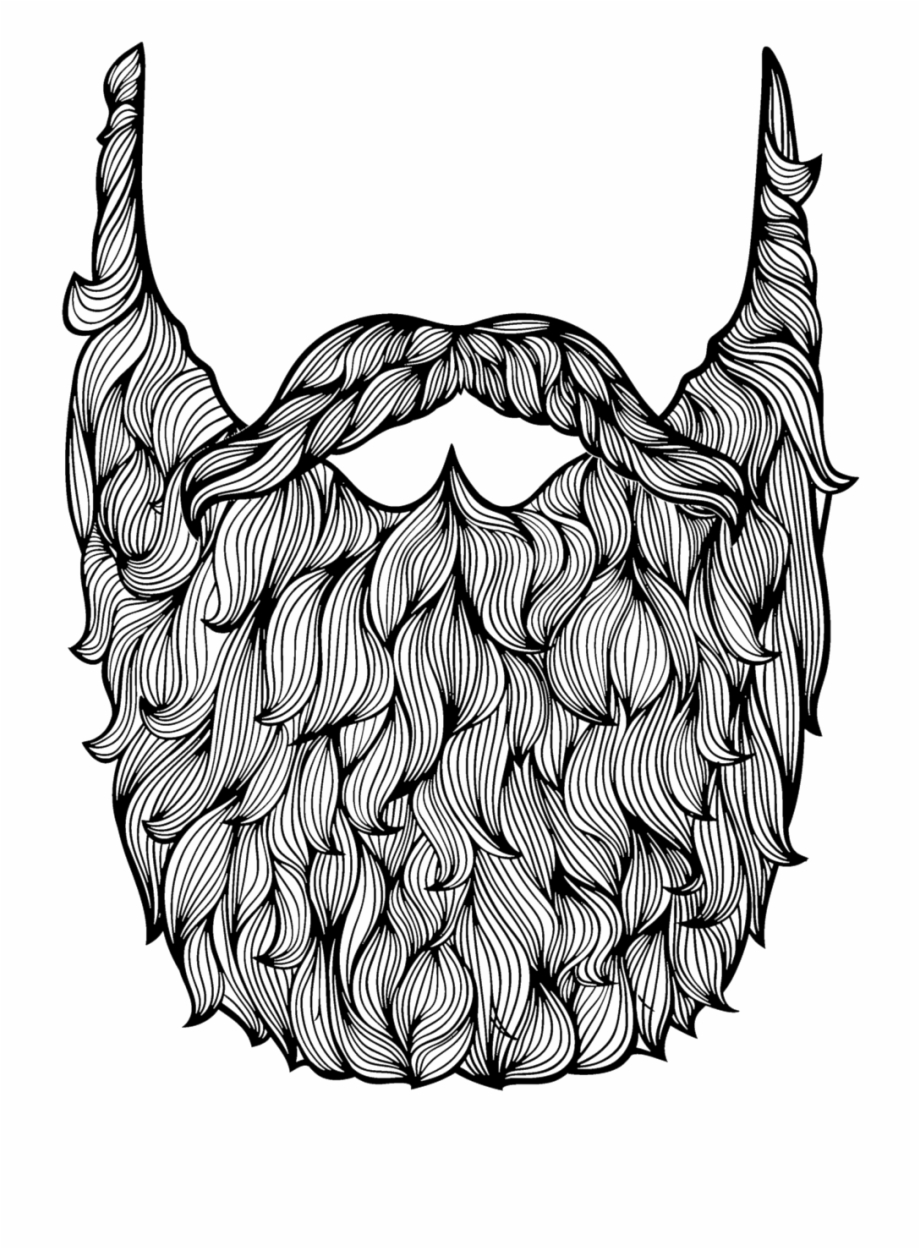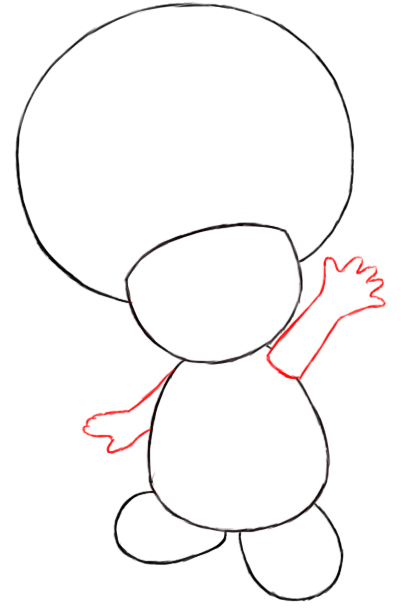Pin by rikus on drawing tips
Table of Contents
Table of Contents
Do you love drawing armor, but struggle with how to make it look realistic? Armors can be tricky to draw, as they have many different parts and angles that need to be taken into account. However, with the right approach, anyone can learn how to draw armor like a pro.
The Pain Points of Drawing Armor
One of the biggest challenges of drawing armor is getting the proportions right. It’s important to pay attention to the angles and curves of each piece, and to ensure that they fit together seamlessly. Another challenge is adding texture and shading to make the armor look like it has dimensionality and weight.
Answering the Target of How to Draw Armor
One of the best ways to learn how to draw armor is to study the work of other artists. Look for tutorials online, or check out books and magazines that feature illustrations of armor. Practice drawing each piece by breaking it down into its basic shapes, and then adding details and texture as you go.
Summary of Main Points
In summary, to draw armor like a pro, pay attention to the proportions, curves, and angles of each piece. Add texture and shading to make the armor look like it has dimensionality and weight. Study the work of other artists, and practice by breaking down each piece into its basic shapes.
How to Draw Armor: Personal Experience
When I first started drawing armor, I found it challenging to get the proportions right. However, by practicing and studying tutorials online, I was able to develop my skills and create realistic-looking armor drawings. One of the best tips I learned was to add shading and texture to make the armor look more three-dimensional.
 To draw armor like a pro, I recommend studying the work of other artists and breaking down each piece into its basic shapes. This will help you get a better understanding of how armor is constructed, and will give you a foundation to build on as you add texture and shading to your drawings.
To draw armor like a pro, I recommend studying the work of other artists and breaking down each piece into its basic shapes. This will help you get a better understanding of how armor is constructed, and will give you a foundation to build on as you add texture and shading to your drawings.
Tips for Adding Shading and Texture to Armor Drawings
One of the keys to drawing realistic armor is adding shading and texture. To do this effectively, use a variety of shading techniques, such as hatching, cross-hatching, and stippling. This will give the armor a sense of depth and dimensionality, and will make it look more like it has weight.
![]() Another trick is to use reference photos to guide your shading and texture choices. This will help you get a better sense of how light interacts with the different parts of the armor, and will allow you to make more informed choices when it comes to shading and texturing your drawings.
Another trick is to use reference photos to guide your shading and texture choices. This will help you get a better sense of how light interacts with the different parts of the armor, and will allow you to make more informed choices when it comes to shading and texturing your drawings.
Understanding the Anatomy of Armor
One of the most important things to keep in mind when drawing armor is that it needs to fit the body in a specific way. Each piece of armor needs to be shaped to accommodate the joints and contours of the body, and needs to be able to move and flex with the wearer.
 In order to draw armor that fits correctly, it’s important to have a basic understanding of anatomy. Study the bones and muscles of the human body, and learn how they move and flex. This will help you create armor that fits realistically and looks like it belongs on the wearer’s body.
In order to draw armor that fits correctly, it’s important to have a basic understanding of anatomy. Study the bones and muscles of the human body, and learn how they move and flex. This will help you create armor that fits realistically and looks like it belongs on the wearer’s body.
Mistakes to Avoid
One of the biggest mistakes that beginners make when drawing armor is forgetting about perspective. It’s important to keep in mind that each piece of armor has a specific perspective, depending on where it is in relation to the viewer. If you don’t account for this, your armor won’t look like it has depth and will seem flat and lifeless.
Answering More Specific Questions on How to Draw Armor
1. What are some common mistakes when drawing armor?
Some common mistakes include forgetting about perspective and anatomy, not paying attention to the angles and curves of each piece, and not adding enough shading and texture to make the armor look three-dimensional.
2. How can I add texture and shading to my armor drawings?
One way is to use a variety of shading techniques, such as hatching, cross-hatching, and stippling. Another trick is to use reference photos to guide your shading and texture choices, and to pay attention to how light interacts with the different parts of the armor.
3. How do I make armor look like it has weight?
The key is to use shading and texture to create the illusion of depth and dimensionality. Pay attention to how light interacts with each piece of armor, and use shading techniques to make it look like it has weight and mass.
4. What are some good resources for learning how to draw armor?
There are many great resources available online, including tutorials, videos, and books. Some good places to start include DeviantArt, YouTube, and Amazon.
Conclusion of How to Draw Armor
Learning how to draw armor can be challenging, but with the right approach and plenty of practice, anyone can do it. Pay attention to the proportions, curves, and angles of each piece, and add texture and shading to make the armor look like it has dimensionality and weight. Study the work of other artists, and don’t be afraid to experiment and try new techniques. With a little perseverance, you’ll soon be creating realistic, stunning armor drawings.
Gallery
The Best Free Armor Drawing Images. Download From 663 Free Drawings Of

Photo Credit by: bing.com / armor drawing draw man male drawings suit characters pathfinder character battle futuristic google search clothing getdrawings guy lady knights illustrations
The Best Free Armor Drawing Images. Download From 663 Free Drawings Of

Photo Credit by: bing.com / samurai armor drawing draw drawings futuristic battle anime manga male noble posture group random
Dragon Armor Sketches By ForeverZeroDragon On DeviantArt

Photo Credit by: bing.com /
How To Draw Armor | | Hildur.K.O
![]()
Photo Credit by: bing.com / hildurko
Pin By Rikus On Drawing Tips | Armor Drawing, Drawings, Armor

Photo Credit by: bing.com / draw rostros artbests






